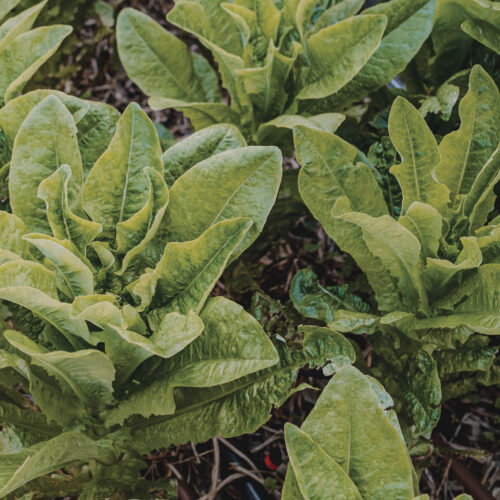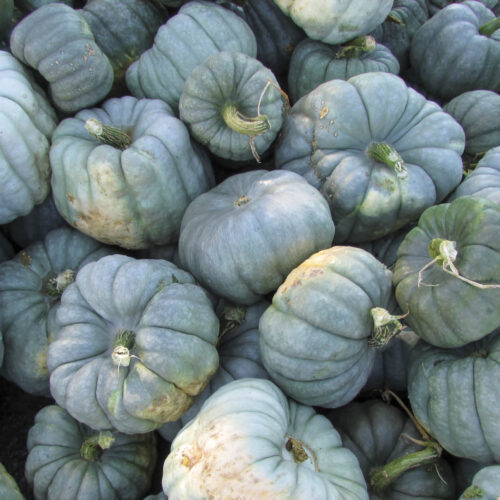Globe artichoke time
2017-10-08T04:39:57+11:00
They're delicious, unrivalled, flavoursome food, writes Penny Woodward.
You need a bit of space to grow globe artichoke (Cynara scolymus) but are amply rewarded when you harvest the flavoursome flower buds to cook and eat. And now’s artichoke time: they are best planted in winter in frost-free regions but but can still go in now everywhere, except the tropics where you can’t grow them. Purchase plants of a reasonable size to get a head start.
Artichokes are pretty much pest and disease free in regions with hot dry summers and cold wet winters, but are subject to crown rot in regions of high humidity. This can be combated by growing them in raised, very well-drained beds, and only watering at ground level, but in really humid regions they won’t survive.
The globe artichoke like to stay in the same position for several years so soil preparation is important. They do best in a sunny position in good sandy soil, enriched with compost and well-rotted manure. The soil needs to be slightly alkaline so add some dolomite before planting and some potash to ensure prolific flowering. Make sure they have plenty of space, as they reach a height of 1.2–2m and can be 1.5m across. Protect young plants from frost during winter by loosely covering with straw or bracken, pull this away once the weather warms up. Water well when young and mulch with straw or hay.
The peak harvest time is spring, but harvesting will continue sporadically through summer and then there may be another flush of flowers in autumn. Always pick flower buds before they begin to open, with a few centimeters of stem attached. I love the very young tender buds (as shown in the picture) so I begin harvesting quite early. These buds are more tender and don’t need to have the ‘choke’ removed.
As well as the deliciously edible flower buds, the arching soft grey green leaves and huge vibrant purple thistle flowers of artichokes make a dramatic statement and add structure and contrast foliage in the garden. The flowers are also a magnet for beneficial insects and nectar-loving birds, and plants make a good, low windbreak if grown along a fence line.







